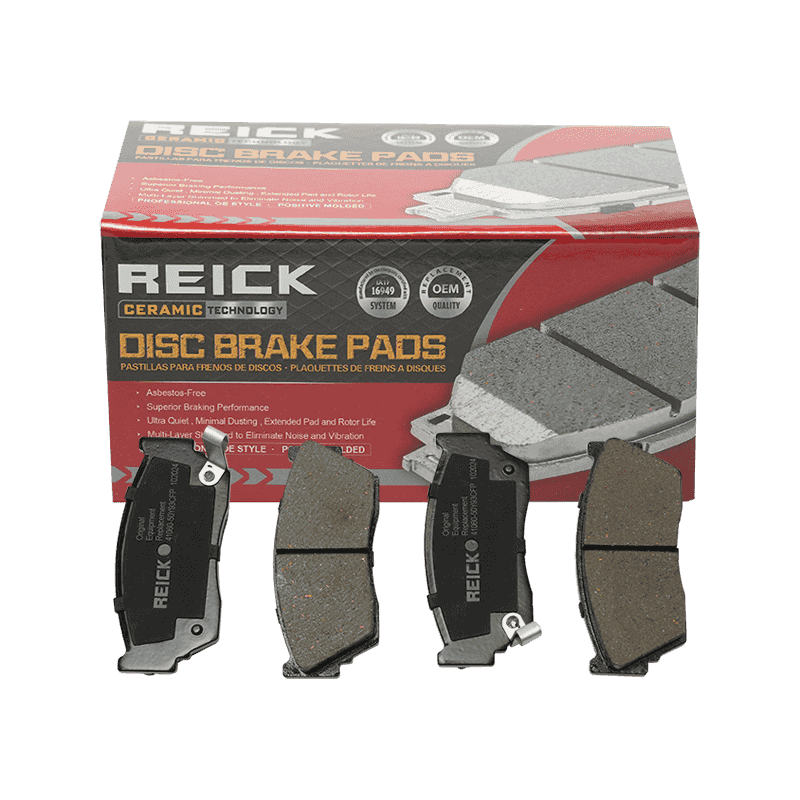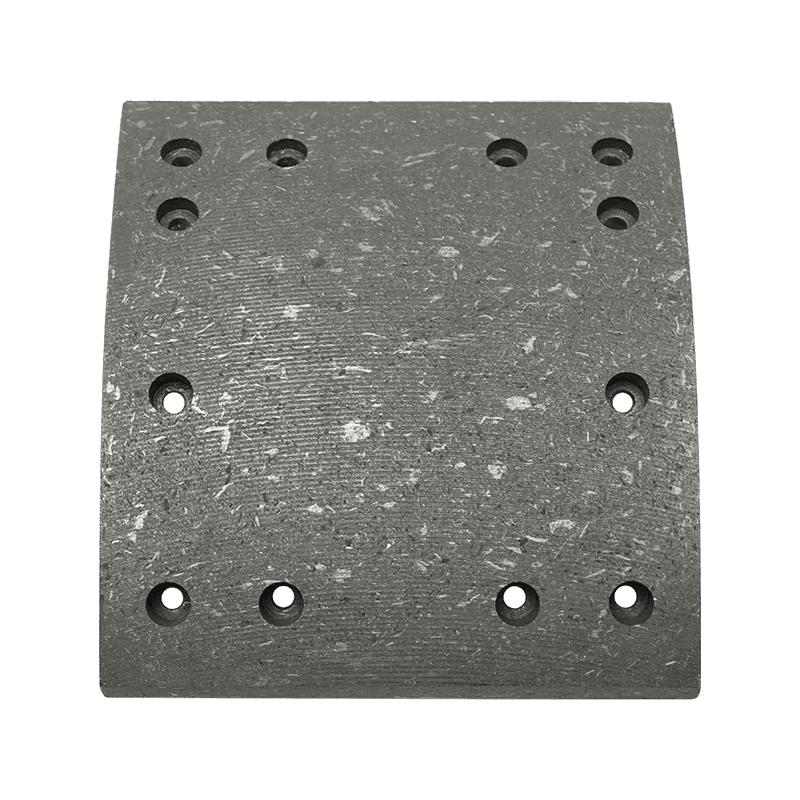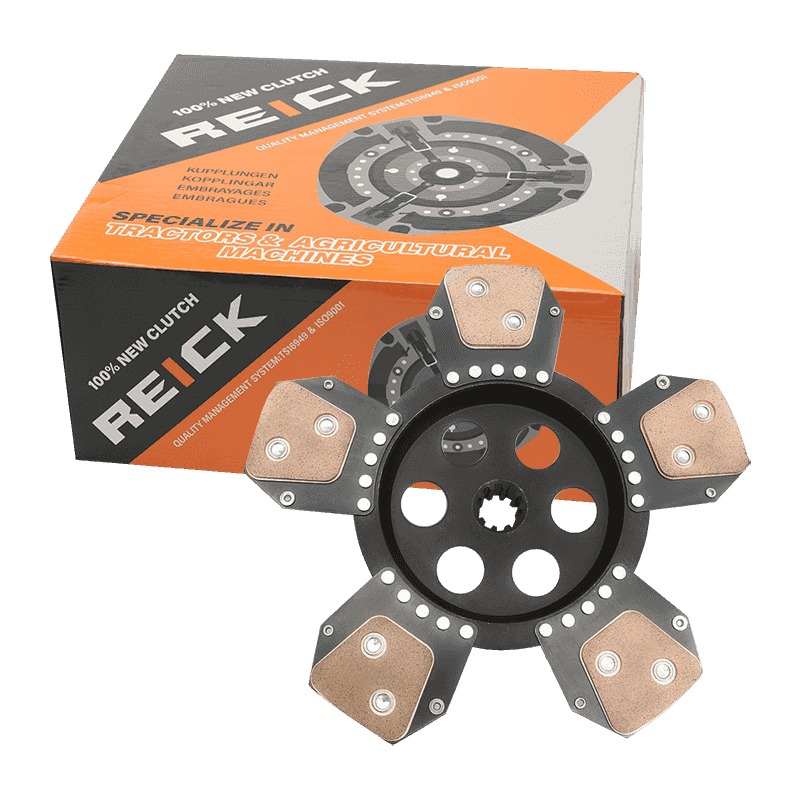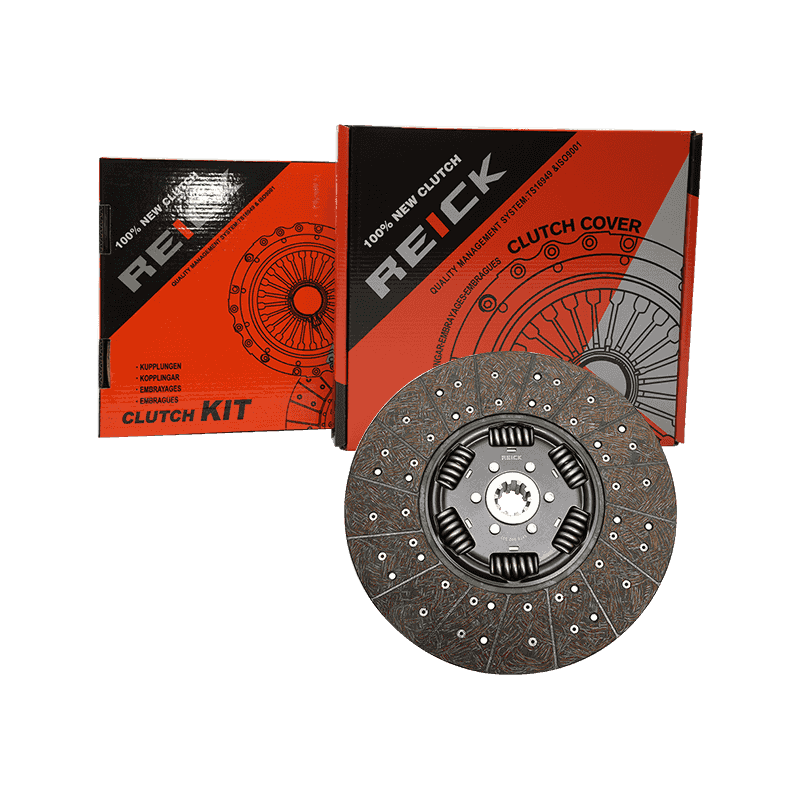What Are Brake Pads and How Do They Work?
Brake pads are a critical component of your vehicle's braking system. When you press the brake pedal, hydraulic pressure forces the brake calipers to squeeze the pads against the rotors, creating friction that slows or stops your car. This friction generates intense heat, which is why brake pads are made from heat-resistant materials.
Key functions of brake pads:
- Convert kinetic energy into thermal energy through friction
- Provide consistent stopping power in all conditions
- Withstand extreme temperatures without failing
- Minimize noise and vibration during braking
Understanding how brake pads work helps you appreciate why choosing the right type and maintaining them properly is so important for vehicle safety.
Types of Automotive Brake Pads
1. Ceramic Brake Pads (Best for Daily Driving)
Ceramic pads are composed of ceramic fibers, bonding agents, and sometimes small amounts of metal. They're popular for their quiet operation and clean performance.
Pros:
- Quietest brake pads for noise reduction
- Produce less dust than other types
- Excellent heat dissipation
- Longer lifespan than organic pads
Cons:
- Higher cost than organic pads
- Less effective when cold
- Not ideal for extreme performance use
2. Semi-Metallic Brake Pads
These contain 30-65% metal (usually steel, copper, or iron) mixed with graphite lubricant and other fillers.
Pros:
- Better heat transfer than organic pads
- More durable than organic pads
- Good performance in various conditions
- More affordable than ceramic
Cons:
- Noisier than ceramic pads
- Produce more brake dust
- Can wear rotors faster
3. Organic Brake Pads (NAO - Non-Asbestos Organic)
Made from fibers like rubber, carbon, glass, and Kevlar bonded with resin.
Pros:
- Quieter operation
- Gentler on rotors
- Most affordable option
- Good for light-duty vehicles
Cons:
- Wear out faster than other types
- Produce more dust
- Not suitable for heavy vehicles or towing
4. Low-Metallic NAO Pads
A hybrid between organic and semi-metallic, containing 10-30% metal.
Pros:
- Better heat transfer than pure organic
- More affordable than full metallic
- Good initial bite
Cons:
- Noisier than organic
- More dust than ceramic
- Moderate rotor wear
How Long Do Brake Pads Last?
The lifespan of brake pads varies significantly based on:
- Pad material: Ceramic lasts 40,000-70,000 miles, semi-metallic 30,000-50,000, organic 20,000-40,000
- Driving habits: Aggressive braking reduces lifespan
- Environment: City driving wears pads faster than highway
- Vehicle weight: Heavier vehicles wear pads quicker
- Quality of pads: Premium brands often last longer
Signs you need new brake pads:
- Squealing or grinding noises when braking
- Vibration in the pedal or steering wheel
- Longer stopping distances
- Brake warning light illuminated
- Visual inspection shows less than 1/4" of pad material
Most mechanics recommend inspecting brake pads every 12,000 miles or at every oil change. Catching worn pads early prevents damage to rotors and saves money in the long run.
Brake Pad Replacement Cost
The cost to replace brake pads depends on several factors:
1. Vehicle Make and Model:
Luxury and performance vehicles typically cost more for brake service than economy cars. Some European models require special tools for brake service.
2. Type of Brake Pads:
Ceramic pads cost $50-$150 per axle, semi-metallic $40-$100, and organic $30-$80. Performance or specialty pads can cost $200+ per axle.
3. Labor Costs:
Most shops charge 1-2 hours labor per axle ($80-$200 total). Some vehicles with complex brake systems may require more time.
4. Additional Services:
If rotors need resurfacing ($20-$50 per rotor) or replacement ($100-$300 per rotor), this adds to the total cost.
Total Typical Costs:
For a standard sedan with ceramic pads:
- Front axle only: $150-$300
- Rear axle only: $150-$300
- All four wheels: $300-$600
You can save money by purchasing quality aftermarket brake pads from reputable brands rather than dealer parts, but never compromise on brake quality to save a few dollars.

How to Extend Brake Pad Life
1. Practice Smooth Driving Techniques
Avoid aggressive braking whenever possible. Anticipate stops and slow gradually. This technique, called "progressive braking," significantly reduces wear.
2. Lighten Your Vehicle's Load
Extra weight means more momentum to stop, which wears pads faster. Remove unnecessary items from your trunk or cargo area.
3. Use Engine Braking on Hills
Downshift to let engine compression slow the vehicle rather than riding the brakes continuously, which overheats pads.
4. Maintain Proper Tire Pressure
Underinflated tires increase rolling resistance, requiring more braking effort.
5. Flush Brake Fluid Regularly
Contaminated brake fluid reduces system efficiency, potentially causing pads to work harder. Follow manufacturer intervals (typically every 2-3 years).
6. Avoid Riding the Brake Pedal
Keeping slight pressure on the brake pedal while driving causes constant friction and premature wear.
7. Clean Brake Components During Service
Built-up debris can cause uneven wear. Have brakes cleaned when tires are rotated.
Common Brake Pad Problems and Solutions
1. Squeaking or Squealing
Causes: Worn pads (indicator tab contacting rotor), vibration, glazed pads, or lack of lubrication on contact points.
Solutions: Replace worn pads, apply brake quiet compound, clean and lubricate caliper slides.
2. Grinding Noise
Causes: Completely worn pads (metal backing plate grinding on rotor).
Solutions: Immediate replacement of pads and inspection of rotors for damage.
3. Pulsation or Vibration
Causes: Warped rotors or uneven pad deposits.
Solutions: Resurface or replace rotors, install new pads, ensure proper break-in procedure.
4. Soft Brake Pedal
Causes: Air in brake lines, contaminated fluid, or failing master cylinder.
Solutions: Bleed brake system, replace fluid, inspect for leaks.
5. Uneven Wear
Causes: Sticking caliper slides, seized pistons, or contaminated pads.
Solutions: Rebuild or replace calipers, clean and lubricate slides, replace pads.
How to Choose the Best Brake Pads for Your Vehicle
Follow this decision process when selecting new brake pads:
1. Consider Your Driving Style
Daily commuting: Ceramic pads offer quiet, clean performance.
Towing/hauling: Semi-metallic handles heat better.
Performance driving: Look for high-temperature semi-metallic or ceramic compounds.
2. Evaluate Climate Conditions
Wet climates: Pads with good wet-weather performance.
Mountainous areas: High-temperature tolerance is critical.
3. Determine Your Budget
While cheaper pads save money upfront, quality pads often last longer and protect rotors better, saving money long-term.
4. Check Reviews and Ratings
Look for professional tests and owner feedback on specific pad models for your vehicle.
5. Match to Your Rotors
Some premium rotors work best with specific pad formulations. Check manufacturer recommendations.
When in doubt, consult with a trusted mechanic about the best brake pads for your specific needs and vehicle.
Brake Pad Break-In Procedure
Properly bedding new brake pads ensures optimal performance and longevity:
- After installation, drive at 30 mph and apply moderate brake pressure to slow to 10 mph. Repeat 3-4 times.
- Next, drive at 45 mph and apply firmer brake pressure to slow to 15 mph. Repeat 4-5 times.
- Drive at 60 mph and brake firmly (but don't stop completely) to 20 mph. Repeat 5-6 times.
- Allow brakes to cool completely (drive normally without heavy braking for 10-15 minutes).
This process transfers an even layer of pad material to the rotors and conditions the pads for proper operation. Avoid hard stops for the first 100 miles after installation.
Frequently Asked Questions About Brake Pads
Q: Can I replace just one brake pad?
A: No, always replace pads in axle sets (both front or both rear) to maintain even braking.
Q: How often should brake fluid be changed?
A: Every 2-3 years typically, but check your owner's manual for specific recommendations.
Q: Are expensive brake pads worth it?
A: Generally yes - they often last longer, perform better, and are quieter than budget pads.
Q: Can I install brake pads myself?
A: If you have mechanical experience and proper tools, yes. But brakes are safety-critical - if unsure, have a professional do it.
Q: Why do my new brakes squeak?
A: Some noise during break-in is normal. Persistent squeaking may indicate improper installation or need for lubrication.
Final Thoughts on Automotive Brake Pads
Your vehicle's brake pads are among its most important safety components. Understanding the different types, recognizing signs of wear, and practicing proper maintenance can ensure your brakes perform when you need them most. While brake pad replacement represents a measurable expense, it's far less costly than accidents caused by brake failure.
When choosing brake pads, consider your driving needs, environment, and budget. Don't hesitate to consult with a trusted mechanic for recommendations specific to your vehicle. Remember that investing in quality brake components and proper installation pays dividends in safety, performance, and long-term savings.
By following the guidance in this article, you'll be equipped to make informed decisions about brake pad selection, maintenance, and replacement - helping keep you and your passengers safe on every journey.

 English
English Español
Español italiano
italiano








